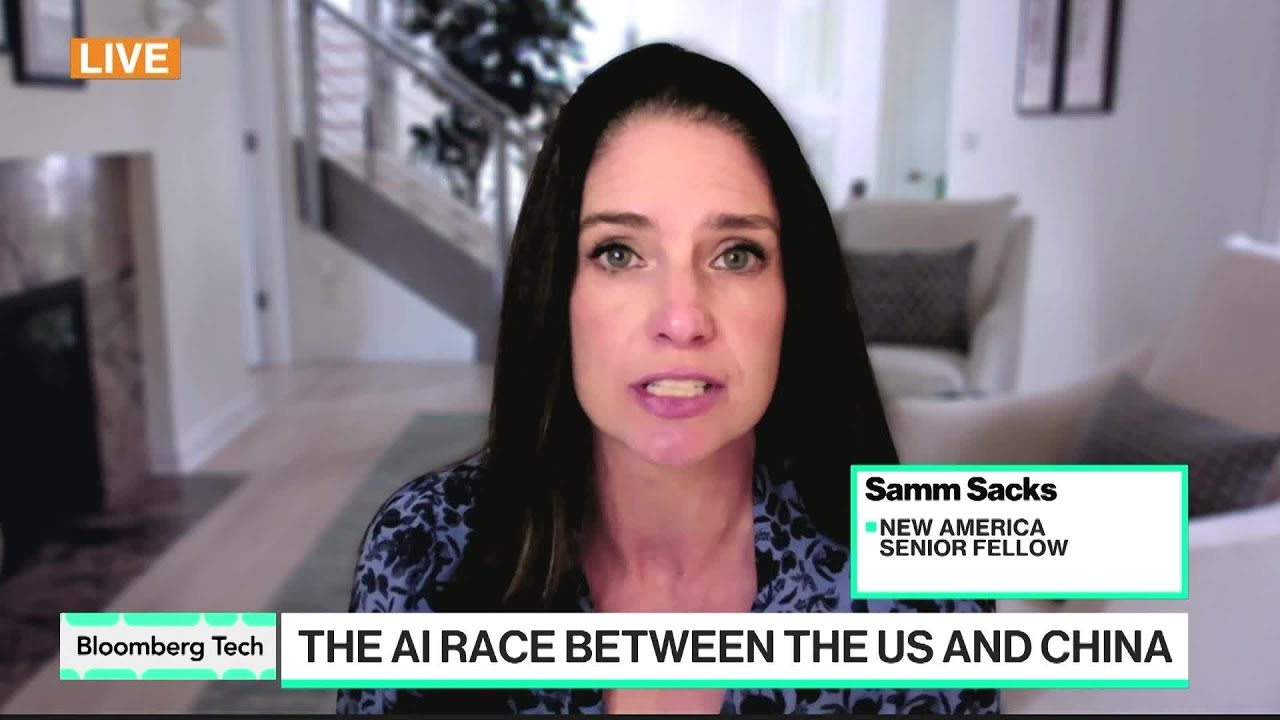The video highlights the intense competition between the U.S. and China for AI supremacy, focusing on investments in infrastructure, semiconductor access, rare earth elements, and talent acquisition. It emphasizes the need for a balanced approach that safeguards national security while fostering economic growth and innovation amid challenges like export controls and resource dependencies.
The video discusses the ongoing competition between the United States and China to achieve supremacy in artificial intelligence (AI). Both countries are heavily investing in the necessary infrastructure, including data, energy, computation, and human capital, to secure leadership in AI technology. The race is fueled by massive investments from major companies in the U.S., such as OpenAI, Oracle, Apple, and IBM, with over $2 trillion committed to AI development and manufacturing. The U.S. government has also taken steps to encourage domestic investment through tax incentives and legislative support, aiming to create a favorable environment for innovation and growth.
A critical aspect of this competition revolves around access to advanced semiconductor chips, which are essential for AI development. Export controls imposed by the U.S., particularly during the Trump administration, have restricted China’s access to these technologies. However, recent trade negotiations suggest some flexibility might emerge, with discussions about potentially loosening export controls. The Biden administration has also adjusted some restrictions, such as scrapping the AI diffusion rule that limited access to allies, indicating a move toward balancing national security concerns with economic interests.
American tech companies like AMD and Nvidia are keen to maintain access to the Chinese market, which represents a significant portion of their global business. Industry leaders emphasize the need to protect national security by preventing China’s military from acquiring sensitive technology while still allowing U.S. companies to compete globally. They advocate for a balanced approach that safeguards security without unnecessarily restricting economic opportunities, highlighting the importance of trade certainty and moving away from tariffs toward trade agreements.
Another major bottleneck in the U.S.-China AI race is the supply of rare earth elements, which are crucial for manufacturing advanced technology. China currently dominates this market and uses it as leverage in trade negotiations by controlling export licenses and imposing stringent requirements on U.S. companies. While there is recognition of the need to develop domestic sources of rare earths, challenges remain due to environmental concerns and the long timelines required to establish mining operations in the U.S. This resource dependency continues to be a strategic vulnerability for the United States.
Talent acquisition and development is the final key factor discussed. The U.S. is working to cultivate homegrown AI expertise through new education initiatives and by attracting top global talent, particularly immigrants who have historically contributed significantly to the American tech sector. Maintaining a competitive edge in AI innovation depends on having a skilled workforce capable of driving invention and entrepreneurship. Both countries recognize that human capital is as critical as technology and infrastructure in winning the AI race.
